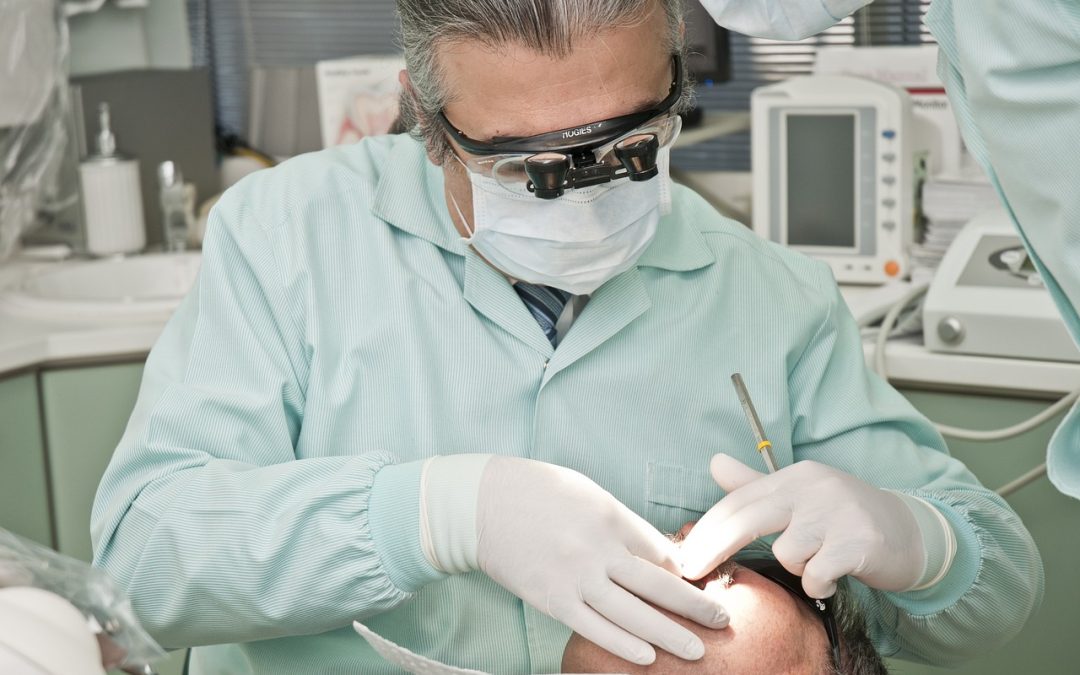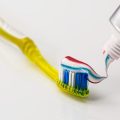So you’ve lost a dental crown or filling, huh? It’s a common dental dilemma that can leave you feeling uncomfortable and unsure of what to do next. Whether it’s due to biting into something too hard or simply wear and tear over time, the loss of a dental crown or filling can be a nuisance. But how soon should you address this issue? Well, the answer may surprise you. In this article, we’ll explore the importance of timely action when it comes to a lost dental crown or filling and why procrastination could lead to further dental complications. So buckle up and let’s dive right in!
Signs of a Lost Dental Crown or Filling
When a dental crown or filling becomes loose or falls out, there are several signs to watch out for. The first clue is visible tooth damage. You may notice a noticeable gap or hole where the crown or filling used to be. This can be a clear indication that the restoration has come loose.
Another sign is sensitivity to hot or cold temperatures. If you feel discomfort or pain when consuming hot or cold foods or beverages, it could mean that the underlying tooth structure is exposed due to a lost crown or filling.
In some cases, you may also experience a sharp or jagged tooth surface. When a crown or filling dislodges, the remaining tooth structure may become rough and uneven, causing irritation to your tongue or cheeks.
Finally, if you feel any discomfort or pain in the area where the crown or filling was, it could be a sign that the restoration has been lost. It’s important to pay attention to any changes in your oral health and seek professional help if needed.
Immediate Actions to Take
If you discover that you have a lost dental crown or filling, there are some immediate actions you can take to minimize further damage and discomfort. The first step is to try and retrieve the lost crown or filling. Avoid handling it too much to prevent any contamination.
Once you have retrieved the restoration, rinse it gently with clean water. This will help remove any debris or bacteria that may have accumulated.
Next, you should protect the exposed tooth by covering it with a temporary dental cement or over-the-counter dental wax. This will act as a barrier and prevent sensitivity or further damage until you can see your dentist.
Lastly, it’s important to avoid chewing on the affected side of your mouth. This will prevent any further stress or damage to the exposed tooth structure.
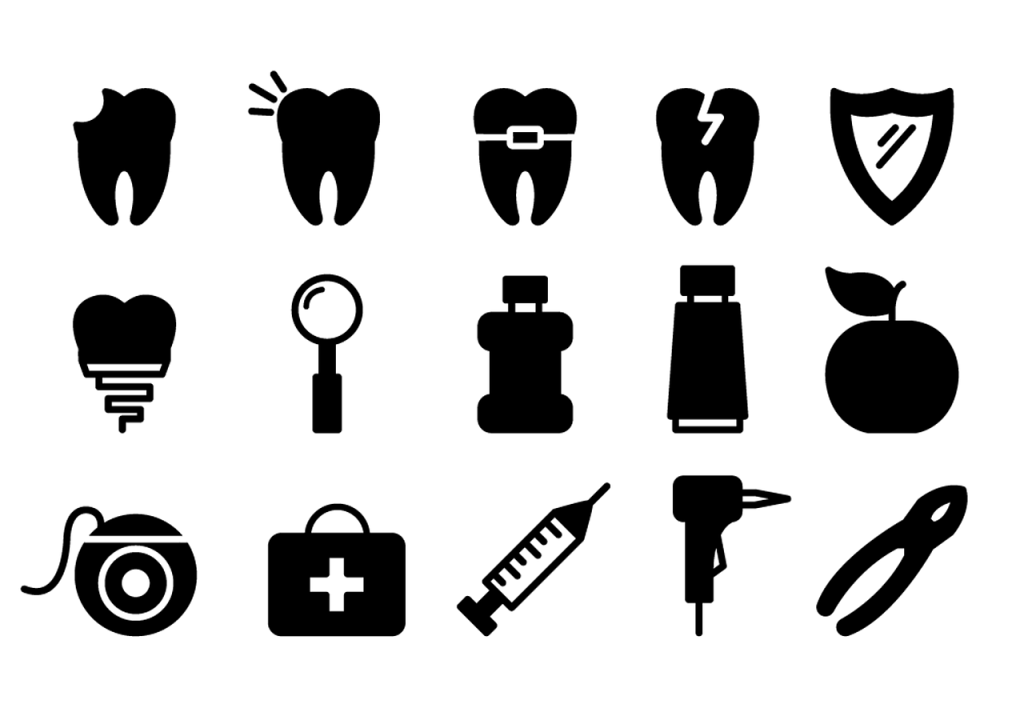
Assessment of the Situation
After taking immediate actions, it’s important to assess the situation to determine the severity and urgency of the issue. Start by evaluating the level of discomfort or pain you are experiencing. This will help you gauge the urgency of seeking dental care.
Check for any visible damage or decay around the affected tooth. If there are signs of infection, such as swelling or discharge, it may indicate an urgent need for treatment.
Assess the remaining natural tooth structure to determine if there is enough support for a new restoration or if additional treatment is needed.
Additionally, it’s important to determine the type of restoration that was lost. Whether it was a crown or a filling can influence the treatment options available to you.
Time Sensitivity: Urgent vs Non-Urgent Cases
Not all cases of lost dental crowns or fillings require immediate attention. It’s important to understand the difference between urgent and non-urgent cases to prioritize your dental care.
Urgent cases requiring immediate attention include extreme pain or sensitivity, exposed nerves or pulp, visible signs of infection or abscess, and broken tooth structure. These situations often require prompt treatment to alleviate pain, prevent further damage, and address the underlying dental issues.
Non-urgent cases, on the other hand, involve no pain or minimal discomfort, intact tooth structure with no signs of infection, availability of immediate dental care, and personal circumstances and preferences. While these cases still require attention, they have a lower priority compared to urgent cases.
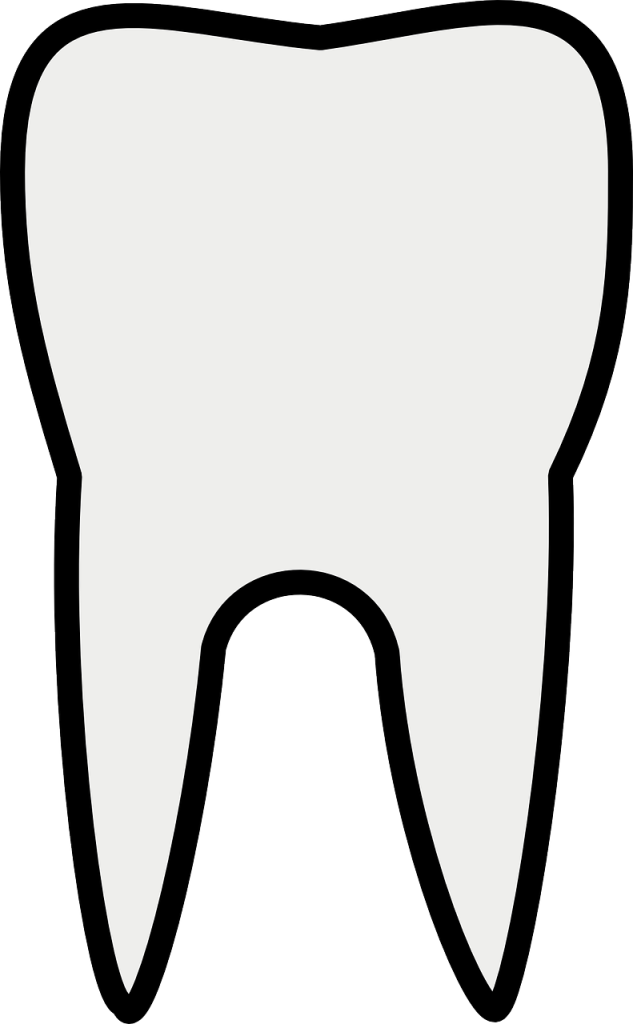
Urgent Cases Requiring Immediate Attention
In urgent cases where immediate attention is required, certain signs and symptoms can indicate the need for urgent dental treatment.
Extreme pain or sensitivity is a common indicator of an urgency. If you experience intense and continuous pain in the affected area, it may signify underlying issues that need to be addressed promptly.
Exposed nerves or pulp can be extremely painful and require urgent attention. If you feel a sharp, shooting pain or sensitivity to temperature changes, it could indicate that the nerve or pulp of the tooth is exposed.
Visible signs of infection or abscess, such as swelling, redness, or the presence of pus, are urgent matters that require immediate dental care. These signs indicate an infection that can have serious implications if left untreated.
If the lost crown or filling has resulted in a broken tooth structure, it should also be treated urgently. Broken tooth structure can lead to further damage and complications if not addressed promptly.
Non-Urgent Cases with a Lower Priority
In non-urgent cases where immediate attention is not required, the situation may involve less severe symptoms or more manageable circumstances.
No pain or minimal discomfort can be a positive sign, indicating that the lost crown or filling has not resulted in any immediate complications. However, it is still important to address the issue in a timely manner to prevent further problems.
If the remaining tooth structure appears intact with no signs of infection, it indicates that the situation is less urgent. However, regular dental care is still necessary to ensure the long-term health of the tooth.
Availability of immediate dental care is also a factor to consider. If you have access to dental services right away, it may make the situation less urgent compared to cases where immediate care is not readily available.
Lastly, personal circumstances and preferences can influence the urgency of seeking treatment. If the lost restoration is causing minimal inconvenience and you have other pressing commitments, you may choose to delay treatment. However, it is important to prioritize your oral health and seek professional advice when needed.
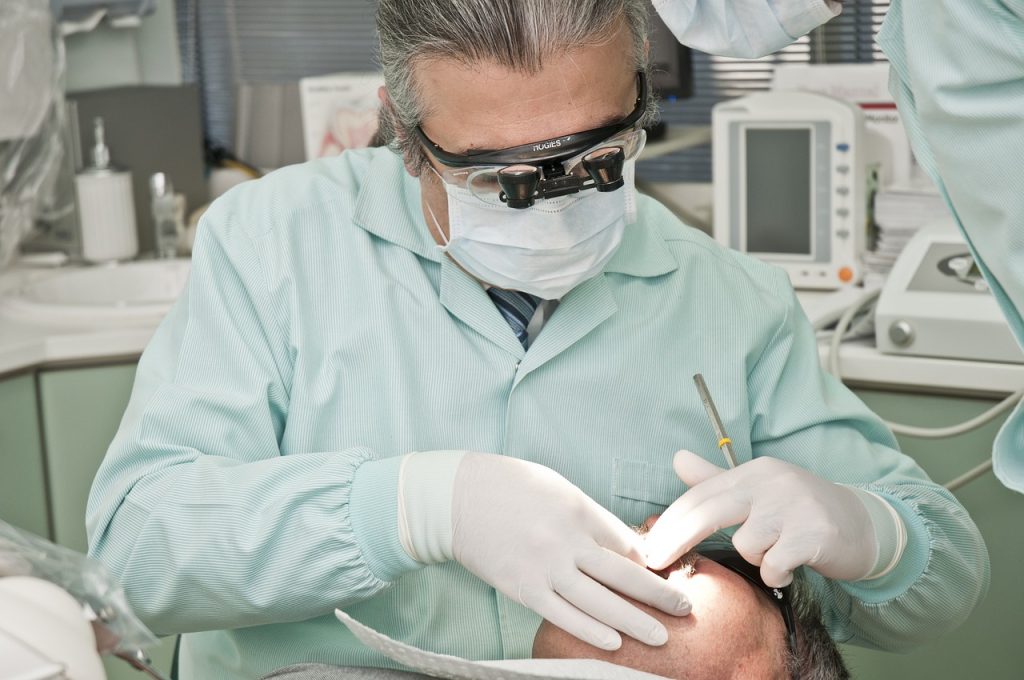
Potential Consequences of Delaying Treatment
Delays in addressing a lost dental crown or filling can have several potential consequences that should be taken into consideration.
Increased risk of further damage or decay is one of the primary consequences. The exposed tooth structure is vulnerable to bacteria and food particles, increasing the chances of decay and damage to the underlying tooth.
Heightened sensitivity and discomfort can occur if the exposed tooth structure is left untreated. Without the protection of the crown or filling, the tooth becomes more sensitive to hot, cold, and sweet stimuli.
Weakening of the remaining tooth structure is another consequence of delaying treatment. Over time, the tooth may become weaker and more susceptible to fractures or other complications.
Furthermore, the risk of infection or abscess can increase if the lost restoration is not promptly addressed. Infections can lead to severe pain, swelling, and other systemic complications if left untreated.
Professional Evaluation and Treatment
Seeking a dental appointment is crucial to properly address a lost dental crown or filling. A professional evaluation is necessary to determine the most appropriate course of action.
During the examination, your dentist will conduct a thorough assessment of the affected tooth and surrounding structures. X-rays may be taken to get a more detailed view of the tooth and identify any underlying issues.
Based on the evaluation, your dentist will discuss treatment options with you. Depending on the level of damage and the type of restoration, re-cementation or replacement may be recommended.
Re-cementation involves reattaching the lost crown or filling using dental cement. This is typically done if the restoration is still in good condition and can be salvaged.
If the lost restoration is damaged or cannot be reused, a replacement will be necessary. In such cases, your dentist will create a new crown or filling to restore the tooth’s structure and function.
Prevention and Maintenance
To minimize the risk of future lost dental crowns or fillings, there are several preventive measures you can take.
Regular dental check-ups are essential to monitor the condition of your existing restorations and identify any signs of deterioration. Your dentist can also address any underlying dental issues before they escalate.
Maintaining good oral hygiene is crucial in preventing the loss of dental restorations. Brushing twice a day, flossing daily, and using mouthwash can help remove plaque and bacteria, reducing the risk of decay and damage.
Avoiding hard or sticky foods is another way to protect your dental restorations. These types of foods can put excessive pressure on your teeth and increase the likelihood of a restoration becoming loose or dislodged.
If you have a habit of grinding or clenching your teeth, using a mouthguard can provide protection to both your natural teeth and dental restorations. Speak to your dentist about whether a custom mouthguard or an over-the-counter option is suitable for you.
Conclusion
Addressing a lost dental crown or filling is crucial to maintain your oral health and prevent further complications. By recognizing the signs of a lost restoration, taking immediate actions, and seeking professional evaluation and treatment, you can minimize the impact and potential consequences.
Remember, every case is unique, and the urgency of treatment may vary. It is important to assess your individual circumstances and consult with your dentist to determine the most appropriate course of action. By prioritizing your oral health and embracing preventive measures, you can enjoy a healthy and functional smile for years to come.

